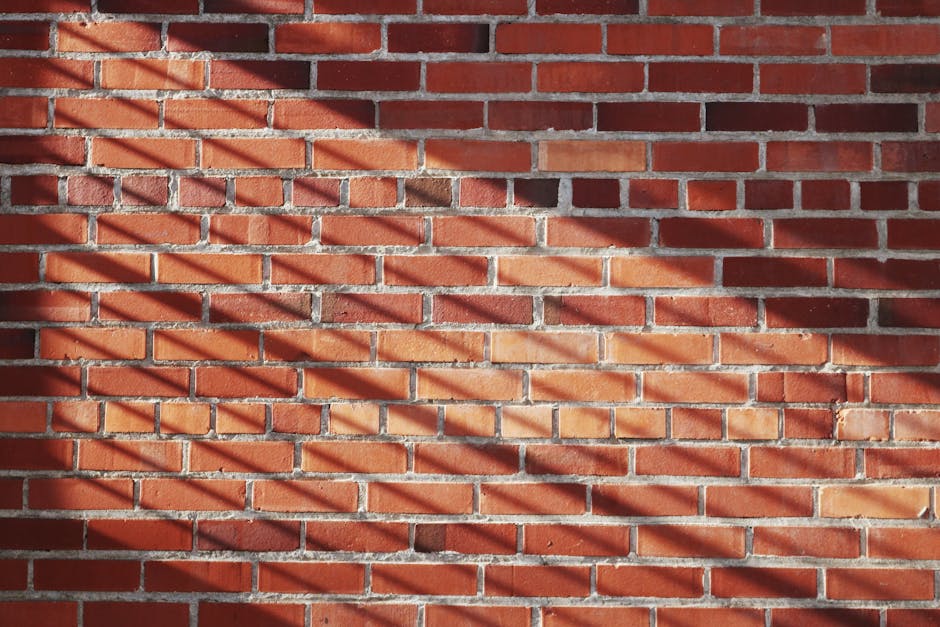 Recognizing Block Masonry: Strategies, Advantages, and Applications
Recognizing Block Masonry: Strategies, Advantages, and Applications
Block masonry is a tried and true building approach that makes use of blocks as the key building material. With its abundant background and aesthetic allure, brick stonework has been a prominent option for designers and home builders for centuries. This technique integrates both art and engineering, causing frameworks that are long lasting, energy-efficient, and aesthetically attractive. This short article explores the basics of block masonry, discovering its methods, advantages, and various applications in modern building.
At its core, brick masonry entails the setup of bricks in details patterns, called bonds, which are held together making use of mortar. The most typical types of bonds consist of running bond, piled bond, and herringbone. Each bond provides one-of-a-kind structural and aesthetic benefits, making it crucial for contractors to pick the ideal pattern based on the task demands. The selection of materials, consisting of the type of traditionals, additional figures out the high quality and longevity of the building and construction, emphasizing the relevance of skilled execution and planning in block masonry.
Among one of the most considerable benefits of brick masonry is its sturdiness. Blocks are immune to several environmental aspects, consisting of fire, wetness, and pests, providing a lasting option for both domestic and industrial structures. Furthermore, brick frameworks typically require marginal maintenance, making them a cost-efficient choice over time. An additional benefit is the natural insulation homes of blocks, which assist to manage indoor temperature levels. Because of this, buildings made from brick masonry have a tendency to be energy-efficient, decreasing heating and cooling costs for residents.
Brick stonework likewise supplies building flexibility, enabling various designs and coatings to fit different aesthetic preferences. From standard red blocks to contemporary colored or distinctive options, the selection of blocks readily available today allows homeowners and builders to customize their layouts. Furthermore, block can quickly be integrated with various other materials, such as rock or timber, to develop one-of-a-kind and visually striking facades. This flexibility makes brick stonework an appealing choice for various types of structures, from homes and institutions to business buildings and public areas.
In conclusion, brick stonework stands apart as a durable and versatile building and construction technique that combines sturdiness with aesthetic charm. Its ageless qualities, such as fire resistance and insulation, make it a favorite in both modern-day and typical architecture. As home builders and homeowners seek sustainable and visually pleasing alternatives, block masonry remains to play a crucial duty in the development of construction techniques. Understanding its fundamentals and benefits can aid you value the enduring influence of this phenomenal structure technique in shaping our developed environment.
